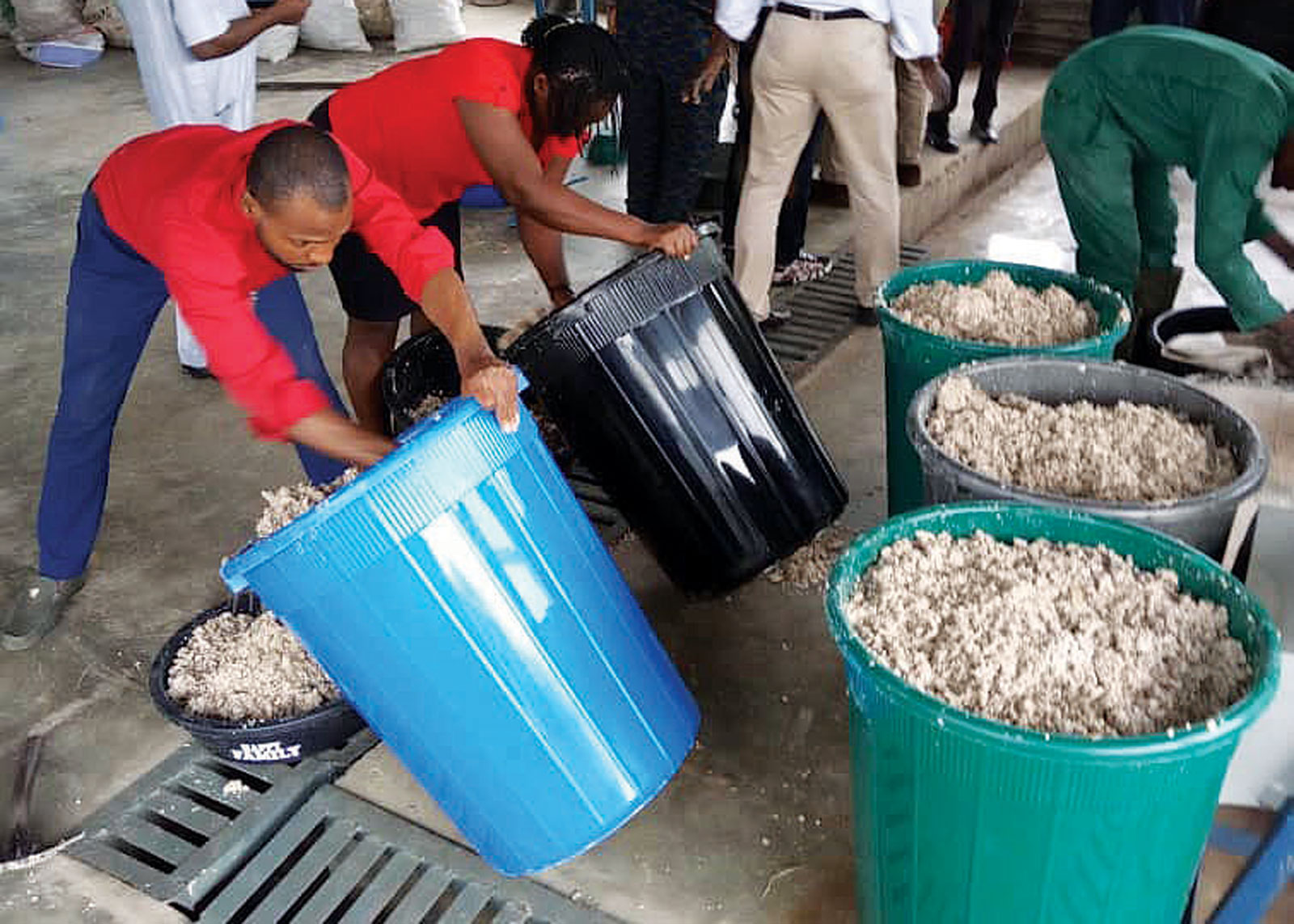A champion never gives up: turning cassava peel waste into livestock feed
Cassava peelings generate millions of tons of waste, and much of it is a source of pollution. In Nigeria, an RTB scaling champion, Iheanacho “Acho” Okike, and his team are sharing an appropriate technology with small-scale processors who turn the peels into an ingredient used to make high-quality animal feed, generating income, providing jobs and cleaning up the messy peels. New apps make it easier to put buyers and sellers in touch with each other, and to blend the processed peels into finished products.
Sometimes even a great idea can take a few years to mature. Iheanacho “Acho” Okike has spent the last 14 years figuring out a way to make livestock feed from cassava peelings, and now his dream is becoming a reality. The world’s largest cassava producer, Nigeria, generates 12-15 million tons of cassava peels waste. The waste can pollute water, or be burned which contaminates the air. Meanwhile, demand for maize and soybean as animal feed is skyrocketing.
The first big problem was figuring out a way to get the peels dry enough, fast enough so that they would not deteriorate. Then one evening in 2015, Okike had a eureka moment. He was telling some friends about the cassava peel dryers he was experimenting with. “I was asking myself, why are we going around and around with this peel processing? Why don’t we treat peels the same way that we make gari?” After all, millions of people in West Africa already know how to make gari, a kind of cassava meal, using simple equipment like graters and dryers.
Okike was then a researcher at International Livestock Research Institute (ILRI), but there was limited funding to work on the idea. Peter Kulakow, cassava breeder at IITA, knew how hard Okike was working. So, Kulakow gave ILRI a subcontract through IITA with RTB so that Okike could finish the experiment. “This funding helped us to get the equipment from China and from Nigeria. By the time the two years were over we had a full grasp of the experimentation and the proof of concept,” Okike explains.
The next problem was scaling. In 2018 Okike won a competitive call from the RTB Scaling Fund. By then he had transitioned to IITA, where he was given the coveted title of “RTB scaling champion.” After attending a scaling workshop in April, 2018 in Nairobi, and working with a consultant from WUR, Okike explained that “It was clear that we needed to identify partners and the elements of our technologies, the soft elements like institutionalization, awareness creation, communication and marketing, as well as the hard elements like machinery, factory layout. Once we were able to split these two, we knew which partners to use for which parts.”
In 2018 the project trained 120 people in Nigeria in a three-day course. It was given 12 times, each time to a group of 10 trainees who earned hands-on experience with processing, machinery maintenance and factory hygiene. Course participants also learned to use an app, Cassava Peel Tracker©, that was based on another app developed by IITA (Cassava Seed Tracker). The Cassava Peel Tracker uses GPS locations of people who process gari, so the trainees could set up their factories near the gari makers. Cassava Peel Tracker allows users to find peels, and producers to find markets.

Hands-on training in processing. I. Okike /IITA
On the last day of the training, people learned about obtaining credit: a course given by the Bank of Industry with whom the project had an Memorandum of Understanding. But most of the ones who have set up factories have done so with their own funding, or with loans from relatives or friends. This experience has shown that the best people to train are those who are in the gari business already. They already have the equipment as well as the peels which are a nuisance, and as such within days of taking the training they are up and running. Many people who have taken the training are now making the mash and selling it to livestock and fish feed millers, for example. Some are feeding their own animals.

In 2018 the cassava peel project signed an MoU with Single Spark, a company from the Netherlands. They have an app called FeedCalculator© which shows you different formulations of various ingredients
to make different livestock and fish feeds. Now the people who take the course are trained to use FeedCalculator.
Graduates of the course join a community of practice on WhatsApp called Cassava Peel First Movers, where 190 practitioners exchange information on markets, difficulties and good experiences.
The years of effort are now paying off, as simple techniques for turning cassava peels into animal feed are becoming business opportunities for many Nigerian entrepreneurs and cassava processors, who are now earning money from what was once waste and a source of pollution.
SHARE THIS
